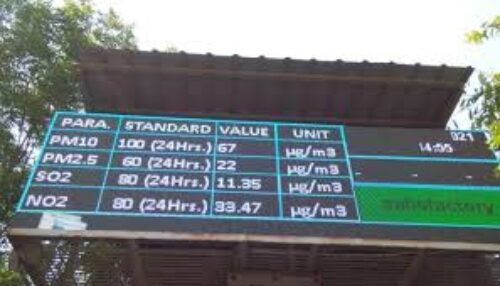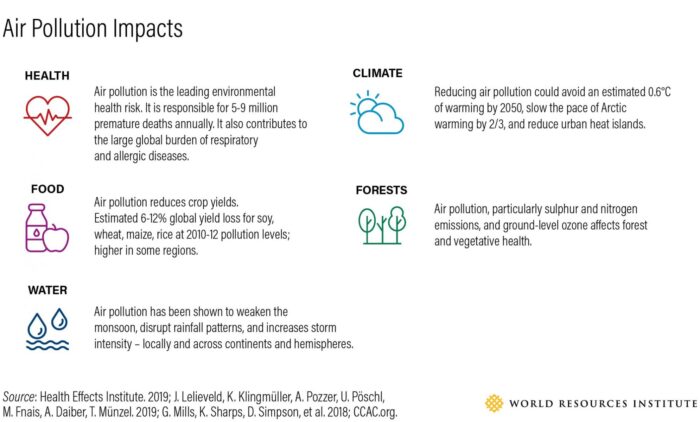Catalyzing Action for Clean Air and the Climate

This blog is cross-posted from ClimateLinks.
After its success with improving solid waste and water management, the city of Indore, India has consistently been ranked the cleanest city in that country by the government’s annual Swachh Survekshan survey. Now, Indore is focused on having cleaner skies. Clean Air Catalyst is a new USAID initiative working with Indore and other cities to scale up effective, sustainable solutions to reduce air pollution.
This global partnership, led by World Resources Institute and Environmental Defense Fund, complements traditional efforts to build air quality management capacity by tackling two critical bottlenecks that hinder clean air action: the gap between recognition of a problem and awareness of the solution, and the fact that action can be costly and can have distributional impacts that stymie acceptance.
Most cities in low- and middle-income countries lack the specialized technology and data needed to fully untangle the sources of their visible and invisible emissions. Does pollution come from within the city or from other regions? Who is responsible? What neighborhoods are affected? What really matters in terms of exposure? While the broad contours of pollution from vehicles, power plants, or industry may be obvious, the details that help build and sustain political momentum for action are often harder to discern, or are deeply embedded in everyday economic, social, and cultural realities that make it difficult to act.
Meanwhile, the health impacts of air pollution are getting worse. Particulate matter is a special challenge, especially in Asia, where concentration levels are the greatest due to the burning of coal and other dirty fossil fuels. The Air Quality Life Index estimates that the average lifespan would increase by 4.4 years in Indore and by more than 6 years across India if the concentration of fine particulate matter known as PM2.5 were reduced to meet World Health Organization guidelines.

A key component of particulate matter, black carbon, also plays a role as a greenhouse gas. Clean Air Catalyst scientists are working with local air quality specialists to include monitoring of this short-lived climate pollutant in its research investigating the sources and root causes of Indore’s emissions. The aim is to reveal solutions that will benefit everyone by helping to solve the climate crisis, protect the environment, improve quality of life, and support a green and healthy recovery from the COVID-19 pandemic.
In practical terms, this could mean prioritizing efforts to end diesel emissions in freight transport because of their outsized contribution to respiratory disease among people living and working near highways, and to global warming. It could also mean investments in public transport, subsidies for electric cars and charging stations, or female-owned battery-powered rickshaw businesses that provide rides for other women – all efforts to provide alternative mobility rather than punitive regulatory approaches like banning older cars or penalizing tailpipe emissions that could face strident opposition.
Integrating clean air interventions with existing climate policies is a priority for the Clean Air Catalyst in order to strengthen air quality management. This may include building capacity for integrating air quality and climate action planning, a campaign with the medical community to act on the double benefits from health and climate, tailoring an intervention to align with or support renewable energy investments, addressing misunderstandings or misinformation among Indore’s citizens with evidence-based communications, and/or including climate leaders in a strategic coalition for a specific clean air action.
Rather than focusing narrowly on reducing emissions, our approach is to expand the circle of people and disciplines who share the same understanding of Indore’s pollution sources and are motivated to implement locally relevant and sustainable solutions. With its city partners, Clean Air Catalyst aims to address citizens’ immediate needs, maximize benefits, and minimize barriers to action by bringing together new contributors for a clean air future in Indore and around the world.

